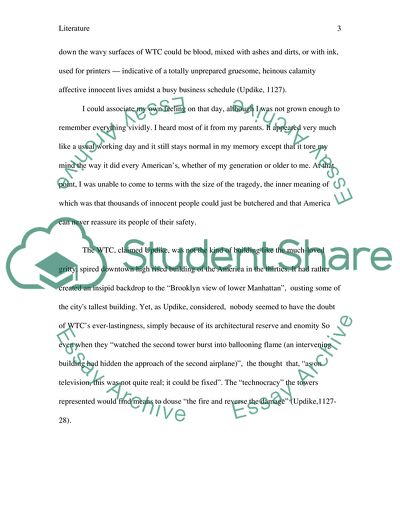Cite this document
(Major Issues Faced by Contemporary American Society Assignment - 1, n.d.)
Major Issues Faced by Contemporary American Society Assignment - 1. https://studentshare.org/social-science/1709518-reaction-paper
Major Issues Faced by Contemporary American Society Assignment - 1. https://studentshare.org/social-science/1709518-reaction-paper
(Major Issues Faced by Contemporary American Society Assignment - 1)
Major Issues Faced by Contemporary American Society Assignment - 1. https://studentshare.org/social-science/1709518-reaction-paper.
Major Issues Faced by Contemporary American Society Assignment - 1. https://studentshare.org/social-science/1709518-reaction-paper.
“Major Issues Faced by Contemporary American Society Assignment - 1”. https://studentshare.org/social-science/1709518-reaction-paper.


